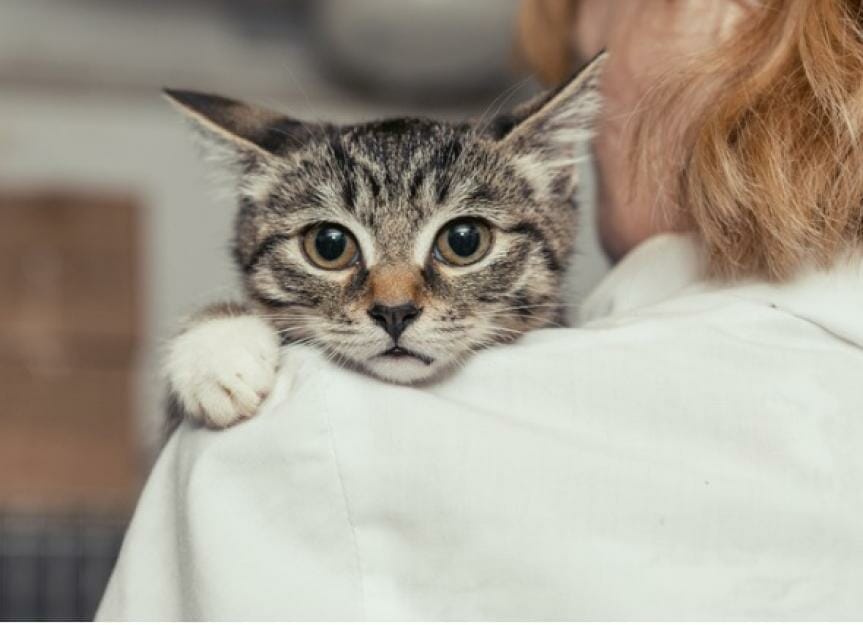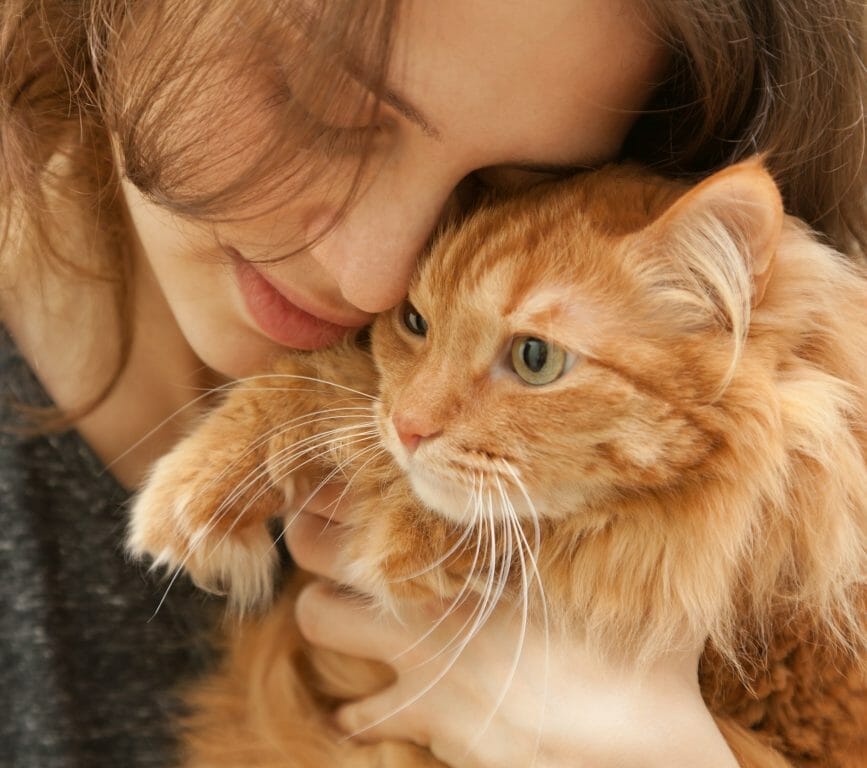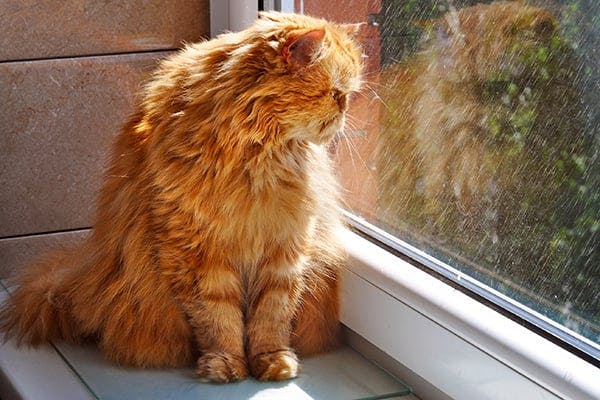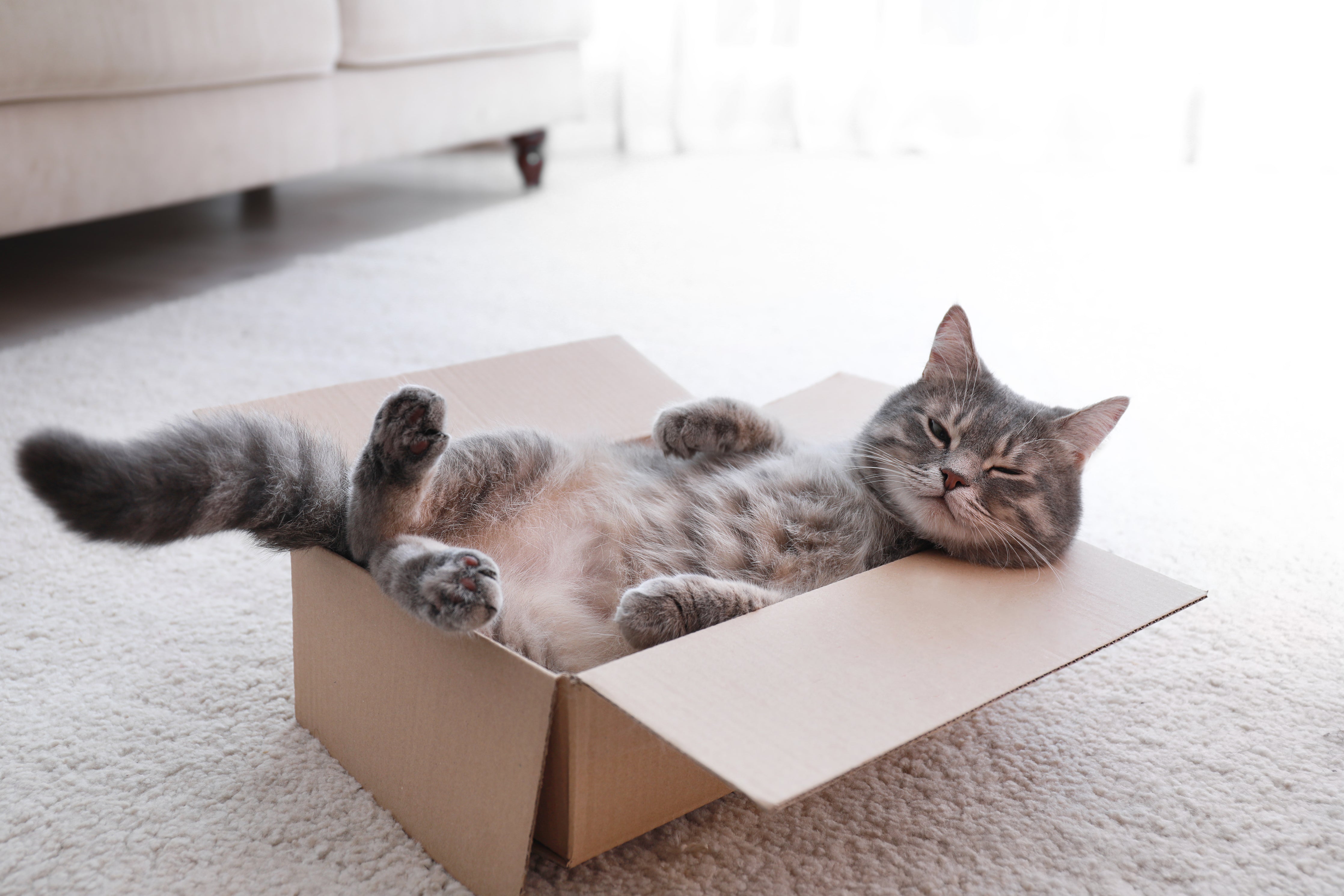6 Things Everyone Gets Wrong About Cats
Felines are undoubtedly cool. They’re charming, furry little ninjas that share our homes and have an overwhelming urge to press things off other things. We’re cool with it, though, due to the fact that they’re so darn charming that they can get away with a lot. We opened our houses– and our hearts– to them a long time back, but there’s still a lots of false information drifting around out there that simply refuses to go away. Here’s what Tropika Club found out about the 6 things that everyone gets wrong about cats.
Table of Contents
- No Time to Read? Here’s a Snappy Summary of This Article
- #1 Make buddies with a cat by blinking gradually
- #2 One in 10 pet felines have separation anxiety
- #3 Your feline truly does like you
- #4 When a thunderstorm is coming, cats can tell
- #5 Cats like boxes because they’re cosy
- #6 Cats can’t be vegan
- Meanwhile, Check Out Tropika Club’s Ecosystem of Websites
No Time to Read? Here’s a Snappy Summary of This Article
- Cats are not aloof: Contrary to popular belief, cats can be affectionate and form strong bonds with their owners.
- Cats do not always land on their feet: While cats have a remarkable ability to land on their feet in many cases, it’s not a foolproof mechanism, and they can still get injured from falls.
- Cats’ “hunting play” is not mere cruelty: When cats play with their toys, it mimics their natural hunting instincts, and it’s not a sign of cruelty or aggression.
- Cats don’t always purr because they are happy: While purring is often associated with contentment, cats may also purr when they are anxious, sick, or in pain.
- Cats need more than just milk to be healthy: Milk is not a suitable substitute for a cat’s proper diet, and some cats may even be lactose intolerant.
- Cats require mental stimulation and exercise: Indoor cats, in particular, need interactive play and environmental enrichment to stay physically and mentally healthy.
#1 Make buddies with a cat by blinking gradually
Scientists have discovered narrowing your eyes is the finest method to construct a connection with cats. In a study by the universities of Portsmouth and Sussex, researchers discovered that the technique mimics what is called a feline smile– described as a ‘sluggish blink’– and it appears to help to form a bond between the human and the feline.
” As somebody who has actually both studied animal behaviour and is a cat owner, it’s terrific to be able to reveal that humans and cats can interact in this method,” said Professor Karen McComb, from the School of Psychology at the University of Sussex, who supervised the work. ” It’s something that numerous cat owners had currently presumed, so it’s interesting to have actually discovered evidence for it.”
” Try constricting your eyes at them as you would in a relaxed smile, followed by closing your eyes for a number of seconds. You’ll discover they react in the exact same method themselves and you can start a sort of conversation.”
The research study revealed that cats were most likely to slow blink at their owners after their owners have sluggish blinked at them, compared to when they do not interact at all.

#2 One in 10 pet felines have separation anxiety
More than one in 10 pet cats surveyed in a research study have actually shown behavioural issues when momentarily separated from their owners. In their research study of felines with separation-related issues, researchers also observed the felines affected tended to come from homes with no ladies or more than one woman living there.
Not having access to toys, in addition to the absence of other family pets in your house, were also connected with comparable behavioural concerns in the felines. The owners were asked to provide fundamental details on each cat, that included descriptions of their interactions with the family pets, the felines’ behaviours when the owner was absent, in addition to the cats’ living environments.
Analysis revealed 13.5 percent of all tested cats showed a minimum of among the numerous qualities related to separation-related problems, with damaging behaviour being most often reported (for 20 of the 30 felines).
Other behavioural traits such as extreme vocalisation (19 cats), urination in improper locations (18 cats), aggressiveness (11 cats), agitation-anxiety (11 felines) and inappropriate defecation (7 cats) were also observed. Depression-apathy, which is characterised by a lack of energy and loss of interest, was likewise seen in 16 felines with separation-related problems.

#3 Your feline truly does like you
Food is what initially brought human beings and cats together, but that doesn’t imply they see you as a large tin opener. Chemical analysis of the bones of 5,300-year-old cats from China has revealed that these ancient felines were rodent-hunters that lived within grain shops. In essence, we provided shelter and they looked after the pests.
As time passed, in Western cultures at least, house felines became picked for cuddles in addition to their claws. And, from this point onwards, something deeper than cupboard love appears to have actually emerged. Simply as with pets, domestication of cats has unlocked a suite of kittenish behaviours. These consist of grooming, play-fighting and bringing house half-dead mice for an area of impromptu playtime. These behaviours are about more than food– they’re about family.
In September 2019, scientists announced that cats appear to show qualities of the “protected accessory” seen in pets, where the presence of a human caretaker prompts behaviours signalling security and calmness.
There’s even different proof that cats, upon receiving a stroke, get an unexpected dosage of brain hormones like we human beings receive when around our liked ones. So maybe now, dogs have a rival in pursuit of the title of being mankind’s buddy.

Read more: 7 Ways to Better Understand and Connect with your Cat
#4 When a thunderstorm is coming, cats can tell
Felines and many other animals are more sensitive than humans to noises, smells and changes in air pressure, and their increased senses can enable them to get tips that a storm is coming well before their owners capture wind of it.
Right before a storm, your feline’s inner ears may spot the unexpected fall in climatic pressure, and she may have discovered to associate this with an impending storm. If a storm is currently raving in the distance, she might have the ability to view the faint rumble of thunder.
Similarly, she might have the ability to smell the incoming rain, or the characteristic whiff of ozone gas, which is typically created by lightning and has a sharp, metallic odour.

#5 Cats like boxes because they’re cosy
Cats can invest 18 hours a day sleeping. As they are singular animals, they desire a safe hiding place to snooze.
However a cat curled in a small box, level outdoors, is probably simply avoiding your cold floor. Cats enjoy in space temperature levels around 14 ° C warmer than is comfy for human beings, and if there isn’t a convenient sunbeam to depend on, they will use a cosy shoebox.

#6 Cats can’t be vegan
Cats are entirely carnivorous in the wild, and there are a number of amino acids only discovered in meat, such as taurine, that they can’t save or synthesise, so a vegan cat diet plan has to be very thoroughly tailored to their age and body weight.
Too little taurine can trigger loss of sight and cardiac arrest, while too much can cause major urinary tract infections. Meat-eating cats soak up all the taurine they require from meat, but artificial taurine included to vegan food is available in numerous different forms, which are taken in by the cat’s metabolic process at different rates. This makes it incredibly challenging to give felines a well balanced vegan diet.
Simply as with pet dogs, domestication of felines has opened a suite of kittenish behaviours. These behaviours are about more than food– they’re about family.
Too little taurine can cause loss of sight and heart failure, while too much can lead to serious urinary tract infections. Meat-eating cats absorb all the taurine they need from meat, but artificial taurine included to vegan food comes in a number of different kinds, which are absorbed by the feline’s metabolic process at various rates. This makes it very tough to offer felines a balanced vegan diet.

Conclusion
ats are not aloof: Cats can be really affectionate and form strong bonds with their owners. Just like dogs, cats can show love and attachment in their own unique ways. Cats do not always land on their feet: Cats can get injured from falls, so it’s essential to keep an eye on them and make sure they don’t get themselves into dangerous situations.
Cats’ “hunting play” is not mere cruelty: Cats have hunting instincts, and when they play like this, it’s just their way of satisfying those instincts. It’s like a little workout for them! Cats don’t always purr because they are happy: Cats can purr when they’re feeling anxious, sick, or even in pain. It’s like their way of self-soothing, kind of like how we might hum when we’re nervous.
Cats need more than just milk to be healthy: Some cats are lactose intolerant, and milk can upset their tummies. Cats need a proper diet that includes all the essential nutrients to stay healthy. Cats require mental stimulation and exercise: Cats, especially indoor ones, need mental stimulation and exercise to thrive. So, it’s important to provide them with toys, puzzles, and interactive play to keep them happy and healthy.
In conclusion, cats are fascinating creatures, and there’s more to them than meets the eye. They are capable of forming strong bonds, have unique instincts, and need proper care to lead happy lives.

Frequently Asked Questions (FAQ)
1Q: Are all cats aloof and distant?
A: No, not all cats are aloof. While some cats may appear reserved, many cats can be affectionate and form strong bonds with their owners. Each cat has its own unique personality and behavior.
2Q: Is it true that cats always land on their feet?
A: While cats have a remarkable ability to land on their feet in many cases, it’s not foolproof. Cats can still get injured from falls, especially from significant heights.
3Q: Why do cats “hunt” their toys? Is it a form of cruelty?
A: Cats “hunt” their toys as a way to satisfy their natural hunting instincts. It’s not cruelty or aggression; it’s just a playful and instinctive behavior that helps keep them mentally stimulated and entertained.
4Q: Why do cats purr?
A: Cats purr for various reasons. While purring is often associated with contentment, cats may also purr when they are anxious, in pain, or even during the process of healing.
5Q: Can I give my cat milk?
A: It’s best to avoid giving cats milk as not all cats can digest lactose properly. Some cats are lactose intolerant, and milk can cause stomach upset and digestive issues. Stick to a balanced and nutritious cat diet instead.
6Q: Do indoor cats need exercise and mental stimulation?
A: Yes, indoor cats require regular exercise and mental stimulation to stay healthy and happy. Engaging them with interactive play, puzzle toys, and providing a stimulating environment is essential for their overall well-being.
7Q: How can I create a cat-friendly environment at home?
A: To create a cat-friendly environment, ensure your home has safe and cozy spots for your cat to rest, interactive toys for play, scratching posts to satisfy their natural urge to scratch, and plenty of love and attention.

Have an Article to Suggest?
Tropika Club is always looking for new and exciting content to feature in their magazine and they value the input of our readers. If you have any noteworthy content or articles that you believe would be a great addition to Tropika Club’s magazine, we are open to suggestions and encourage you to reach out to us via email at [email protected]. By doing so, Tropika Club values your expertise and knowledge in the matter and appreciates your willingness to help. We will review your recommendations and update our list accordingly
Meanwhile, Check Out Tropika Club’s Ecosystem of Websites

Tropika Club Magazine – Tropika Club Magazine is a Singapore-based publication that features articles on a wide range of topics with a focus on local businesses and content for the region. The magazine emphasizes supporting local businesses through its #SupportLocal initiative, which includes coverage of everything from neighborhood hawker stalls to aesthetic clinics in town. In addition to highlighting local businesses, Tropika Club Magazine also covers a variety of local content, including beauty, lifestyle, places, eats, and what’s on in Singapore and the Asia Pacific region.
Tropika Club Deals – Tropika Club Deals is a leading online deals and voucher shopping site in Singapore, offering amazing discounts on beauty, wellness, and fitness products and services. It’s the perfect platform for customers who want to discover the best deals without having to commit to a specific appointment date and time. These deals are available at major beauty stores, facial salons, hair salons, and other brands in Singapore, with no minimum spend required. Choose from guaranteed discounted deals in the categories of hairstyling, hair removal, facial & aesthetics, body slimming, brows & lashes, nails & makeup, massage & spa or fitness & wellness. Tropika Club Deals is also ideal for customers who want to buy vouchers as gifts or to use for the future. So whether you’re looking to save money on your next haircut or want to treat yourself to a relaxing massage, Tropika Club Deals has got you covered with the best voucher and coupon deals in Singapore!




